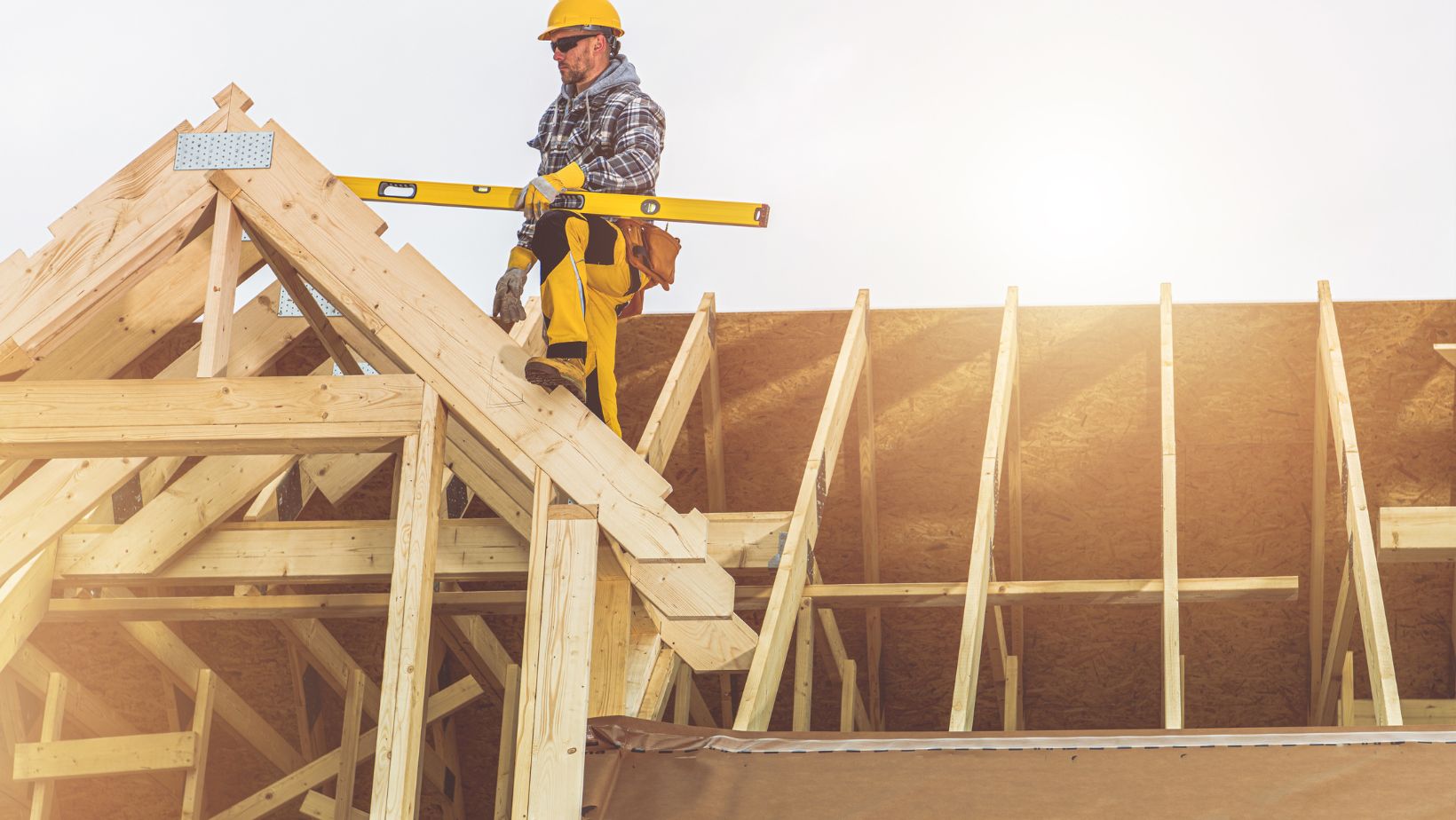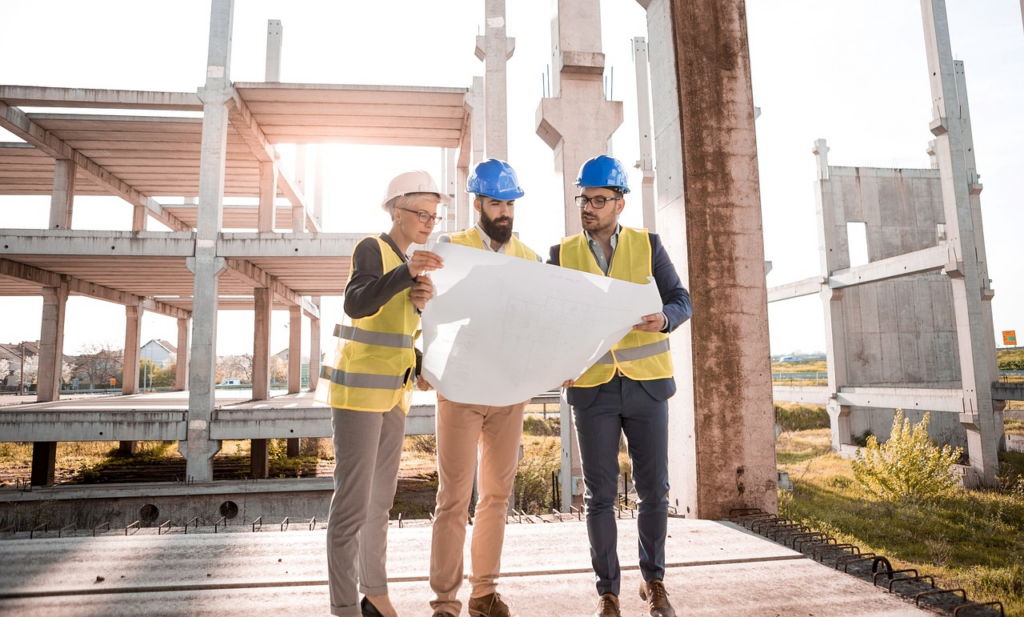Building a custom home is an exciting journey, but it can also be fraught with challenges. As you embark on this project, it’s crucial to be aware of common pitfalls that can turn your dream home into a nightmare. This article is going to guide you through essential mistakes to avoid, ensuring your construction experience is as smooth and enjoyable as possible.
DIYing Everything
While the allure of DIY home building is strong, it’s essential for builders to know their limits. Taking on every task can save money and offer a sense of personal achievement, allowing for complete control over design and construction choices. However, certain aspects of building require specialized skills and knowledge, such as electrical work, plumbing, and structural engineering. Attempting these without the requisite expertise can lead to costly mistakes and safety hazards.
Thus, it’s advisable for builders to tackle manageable tasks themselves — like painting or landscaping — while recognizing when to call in professionals for critical areas. Hiring luxury custom home builders will ensure your custom home is built to the highest standards, saving you time, stress, and potential mistakes. Striking this balance ensures the project progresses smoothly, maintains safety standards, and ultimately transforms the vision of a dream home into reality without undue stress.
Inadequate Planning and Budgeting
Planning and budgeting are critical components of the custom home-building process. A well-thought-out plan helps define the project scope, timelines, and necessary resources, ensuring that all aspects of the build are considered and coordinated efficiently. Without proper planning, you risk overlooking essential details that could lead to delays or increased costs.
Budgeting, on the other hand, establishes a financial framework, allowing you to allocate funds for different phases of construction and avoid overspending. To effectively manage this, start by creating a detailed budget that includes all costs, such as materials, labor, permits, and unexpected contingencies. Regularly reviewing and adjusting your budget throughout the project will help you stay on track and maintain control over your finances, ultimately leading to a successful custom home build.
Overlooking Future Needs
Building a house is just a starting point of your life there, and the following years are likely to bring changes in your lifestyle and household composition. Therefore, it’s essential to consider potential future needs when designing and constructing your custom home. These could be the following:
- Family growth and changes
- Aging in place
- Home office or workspace
- Flexible living spaces
- Resale value and market trends
- Storage needs
- Energy efficiency and sustainability
- Technological advancements
- Outdoor living and entertainment
- Lifestyle changes and hobbies

Create a plan that takes these potential needs into account, as well as any current requirements. This will help ensure your custom home is versatile and adaptable to changing circumstances, saving you from costly renovations in the future.
Poor Space Utilization and Design
These factors directly impact the functionality and livability of the home. Poorly designed spaces can lead to wasted areas or a feeling of congestion, making daily activities cumbersome. To optimize space, consider an open-concept layout that fosters flow between spaces while ensuring each area serves a distinct purpose.
Incorporating built-in storage solutions can minimize clutter and maximize usability. Additionally, natural light can enhance the perception of space; therefore, strategically placing windows and using lighter color palettes can create a more inviting atmosphere. Ultimately, a well-designed space not only meets current needs but also adapts seamlessly to future changes in lifestyle and family dynamics.
Ignoring Energy Efficiency and Sustainability
Ignoring energy efficiency and sustainability when building a custom home can lead to higher utility bills, increased environmental impact, and decreased comfort. Incorporating green designs, materials, and technologies helps reduce energy consumption and lower ongoing costs. To ensure sustainability, consider using renewable energy sources, such as solar panels, and opting for energy-efficient appliances that meet Energy Star ratings.

Further, select sustainable building materials, such as reclaimed wood or recycled steel, and implement proper insulation to enhance energy retention. By focusing on these elements during the design and construction phases, homeowners can create a more environmentally responsible and cost-effective living space that benefits both themselves and the planet.
Underestimating the Timeline
Establishing a project timeline helps set realistic expectations for completion and ensures efficient use of resources. A well-defined timeline allows for the allocation of time for each phase, from design and permitting to construction and inspections, minimizing the risk of delays.
To create an effective timeline, start by outlining all major milestones and tasks, then estimate the duration for each, considering potential setbacks. Regularly review and adjust the timeline as necessary to accommodate changes or unforeseen issues. This proactive approach fosters better communication among all parties, ultimately contributing to a smoother construction process and timely completion of the project.
In conclusion, avoiding common mistakes when building a custom home is essential for a successful project. By prioritizing adequate planning, understanding your future needs, and making informed design choices, you can create a space that not only meets your current lifestyle but also adapts to changes over time. Embrace the journey, and remember to seek professional guidance when necessary.



